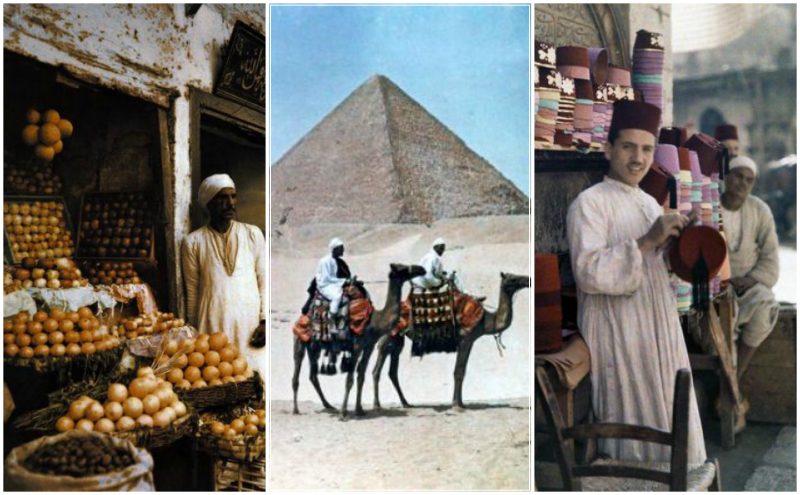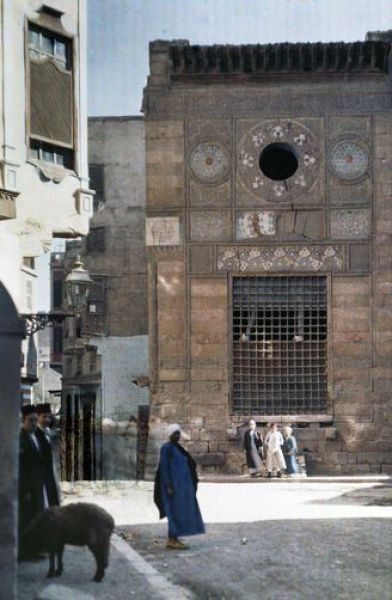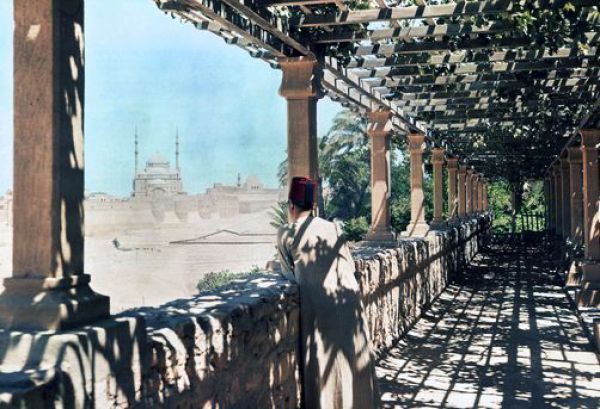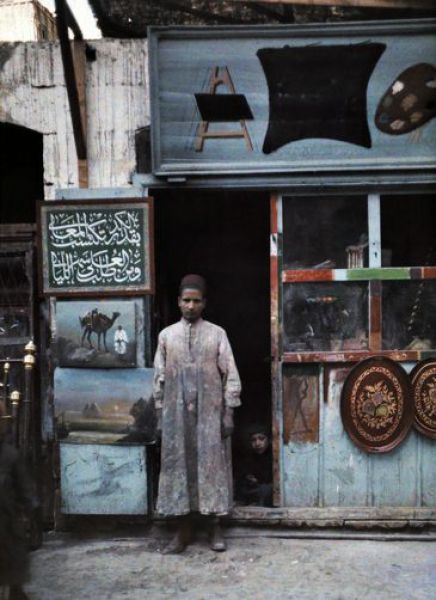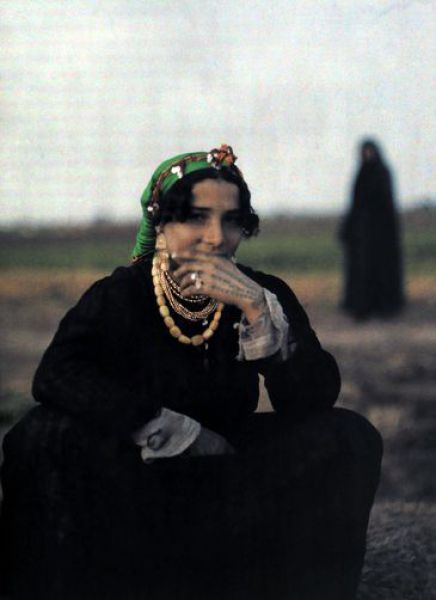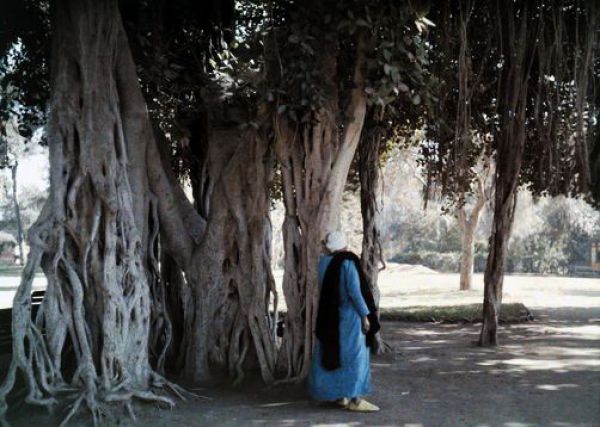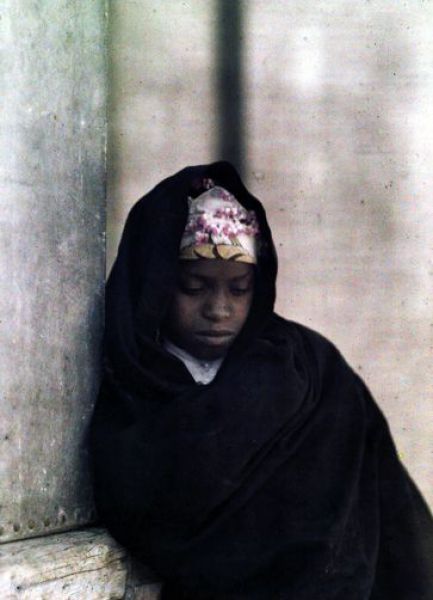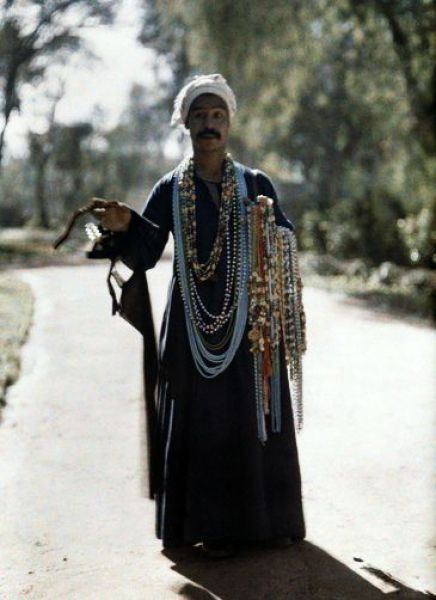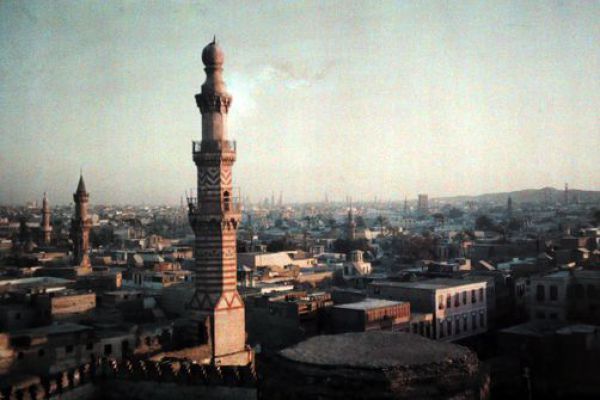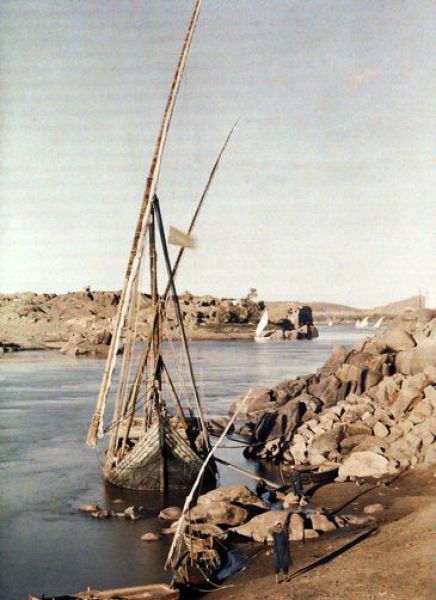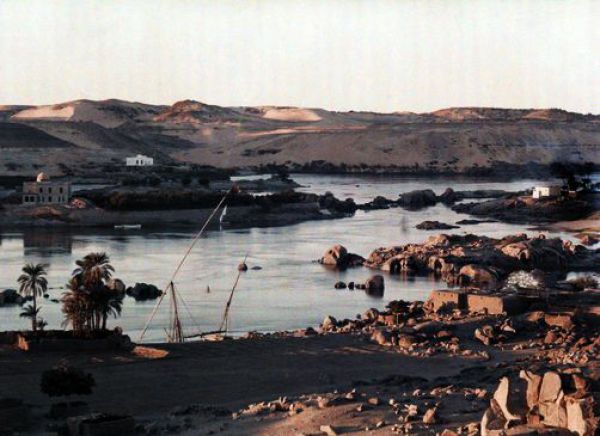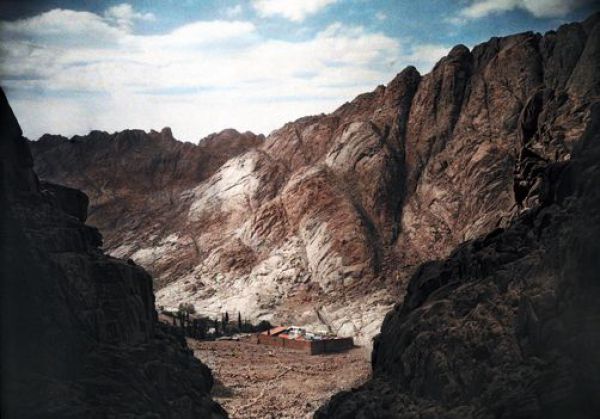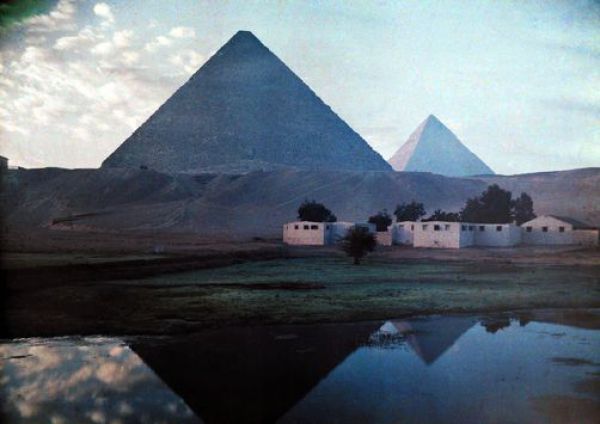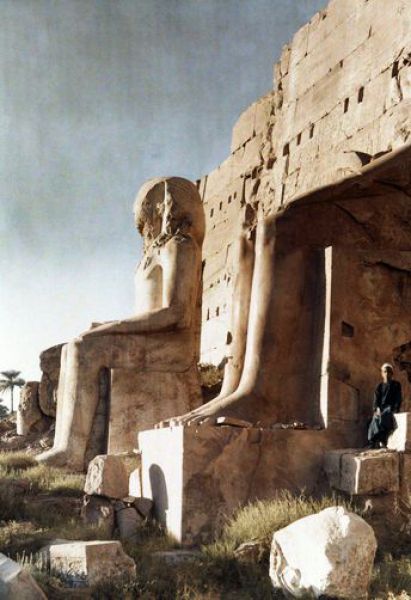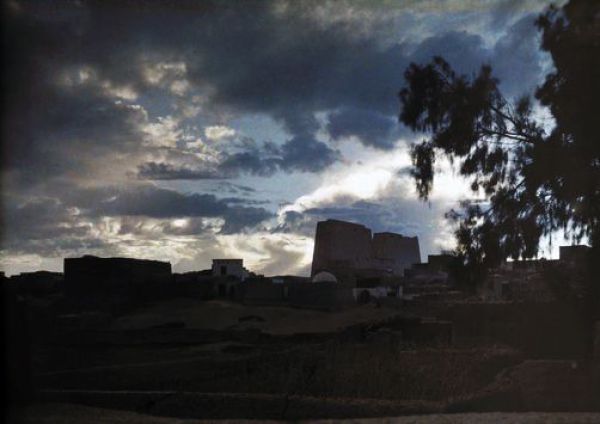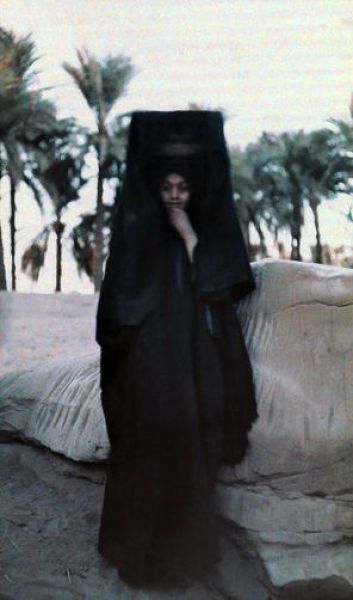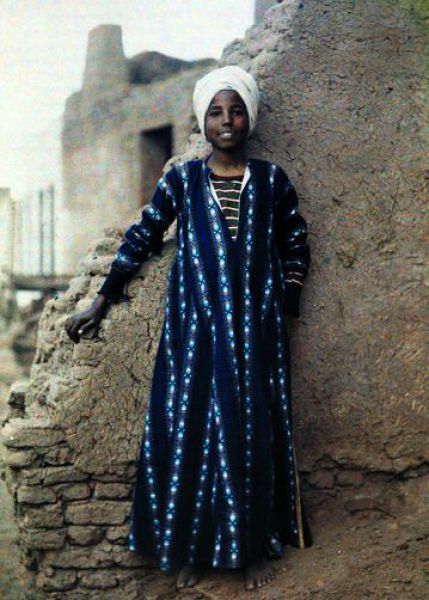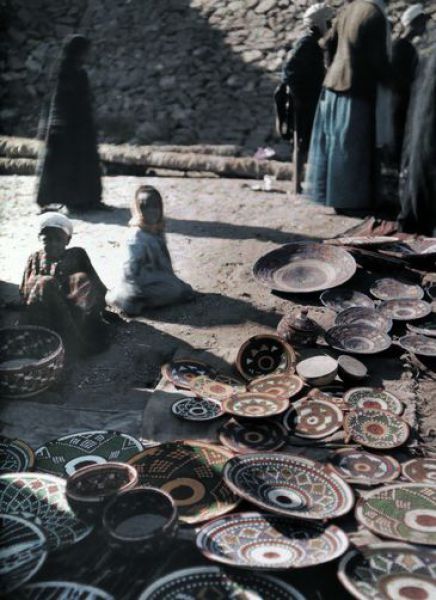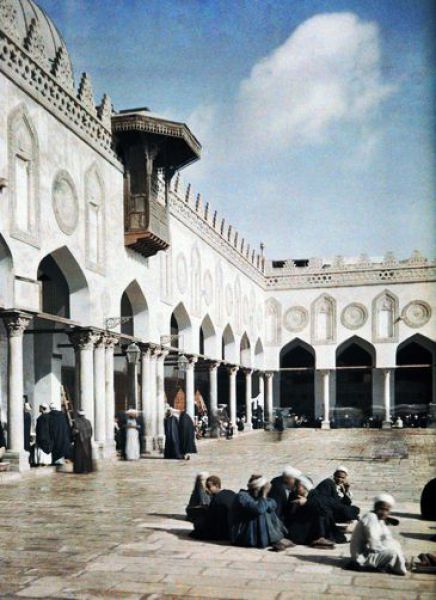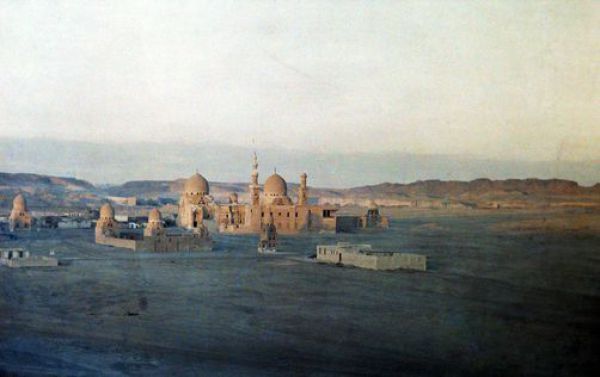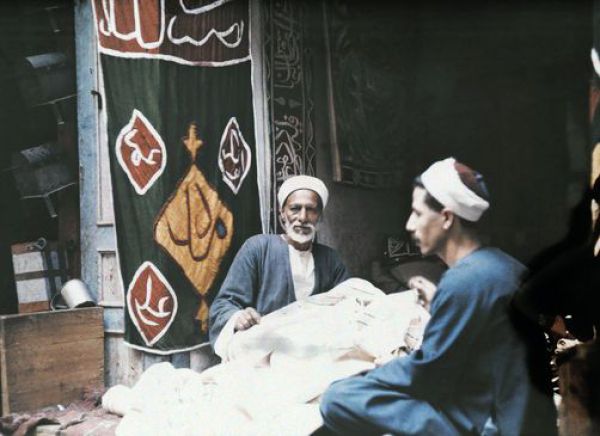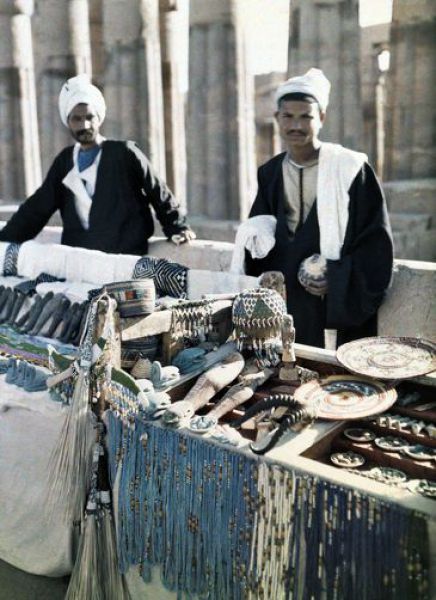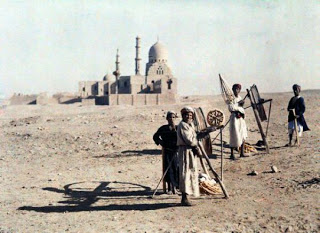The history of Egypt has been long and rich, due to the flow of the Nile river, with its fertile banks and delta. Its rich history also comes from its native inhabitants and outside influence. Much of Egypt’s ancient history was a mystery until the secrets of ancient Egyptian hieroglyphs were deciphered with the discovery and help of the Rosetta Stone. The Great Pyramid of Giza is the only one of the Seven Wonders of the Ancient World still standing. The Lighthouse of Alexandria, one of the other Seven Wonders, is gone. The Library of Alexandria was the only one of its kind for centuries.
We found an awesome color photo collection of Egypt that reveals the everyday life of Egyptian women, men, merchants and children.
Take a look, how the ancient country and the motherland of Nefertiti and Cleopatra looked like in 1920s.
Human settlement in Egypt dates back to at least 40,000 BC with Aterian tool manufacturing. Ancient Egyptian civilization coalesced around 3150 BC with the political unification of Upper and Lower Egypt under the first pharaoh of the First Dynasty, Narmer. Predominately native Egyptian rule lasted until the conquering of Egypt by the Achaemenid Persian Empire in the 6th century BC.
In 332 BC, Macedonian ruler Alexander the Great conquered Egypt as he toppled the Achaemenids and established the Hellenistic Ptolemaic Kingdom, whose first ruler was one of Alexander’s former generals, Ptolemy I Soter. The Ptolemies had to fight native rebellions and were involved in foreign and civil wars that led to the decline of the kingdom and its final annexation by Rome. The death of Cleopatra ended the nominal independence of Egypt resulting in Egypt becoming one of the provinces of the Roman Empire.
Roman rule in Egypt (including Byzantine) lasted from 30 BC to 641 AD, with a brief Sassanid Persian interlude between 619-629, known as Sasanian Egypt. After the Islamic conquest of Egypt, parts of Egypt became provinces of successive Caliphates and other Muslim dynasties: Rashidun Caliphate (632-661), Umayyad Caliphate (661–750), Abbasid Caliphate (750-909), Fatimid Caliphate (909-1171), Ayyubid Sultanate (1171–1260), and the Mamluk Sultanate of Egypt (1250-1517). In 1517, Ottoman sultan Selim I captured Cairo, absorbing Egypt into the Ottoman Empire.
Egypt remained entirely Ottoman until 1867, except during French occupation from 1798 to 1801. Starting in 1867, Egypt became a nominally autonomous tributary state called the Khedivate of Egypt. However, Khedivate Egypt fell under British control in 1882 following the Anglo-Egyptian War. After the end of World War I and following the Egyptian Revolution of 1919, the Kingdom of Egypt was established. While a de facto independent state, the United Kingdom retained control over foreign affairs, defense, and other matters. British occupation lasted until 1954, with the Anglo-Egyptian agreement of 1954.
The modern Republic of Egypt was founded in 1953, and with the complete withdrawal of British forces from the Suez Canal in 1956, it marked the first time in 2,300 years that Egypt was both fully independent and ruled by native Egyptians. President Gamal Abdel Nasser (president from 1956 to 1970) introduced many reforms and created the short-lived United Arab Republic (with Syria). His terms also saw the Six Day War and the creation of the international Non-Aligned Movement. His successor, Anwar Sadat (president from 1970 to 1981) changed Egypt’s trajectory, departing from many of the political, and economic tenets of Nasserism, re-instituting a multi-party system, and launching the Infitah economic policy. He led Egypt in the Yom Kippur War of 1973 to regain Egypt’s Sinai Peninsula, which Israel had occupied since the Six-Day War of 1967. This later led to the Egypt–Israel Peace Treaty.
